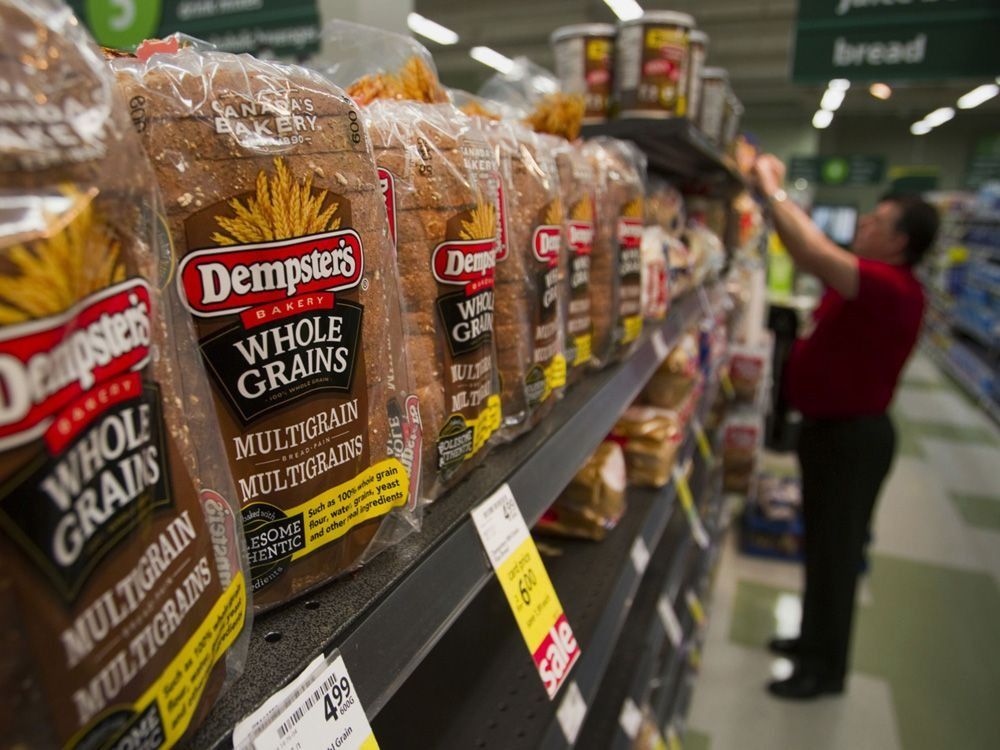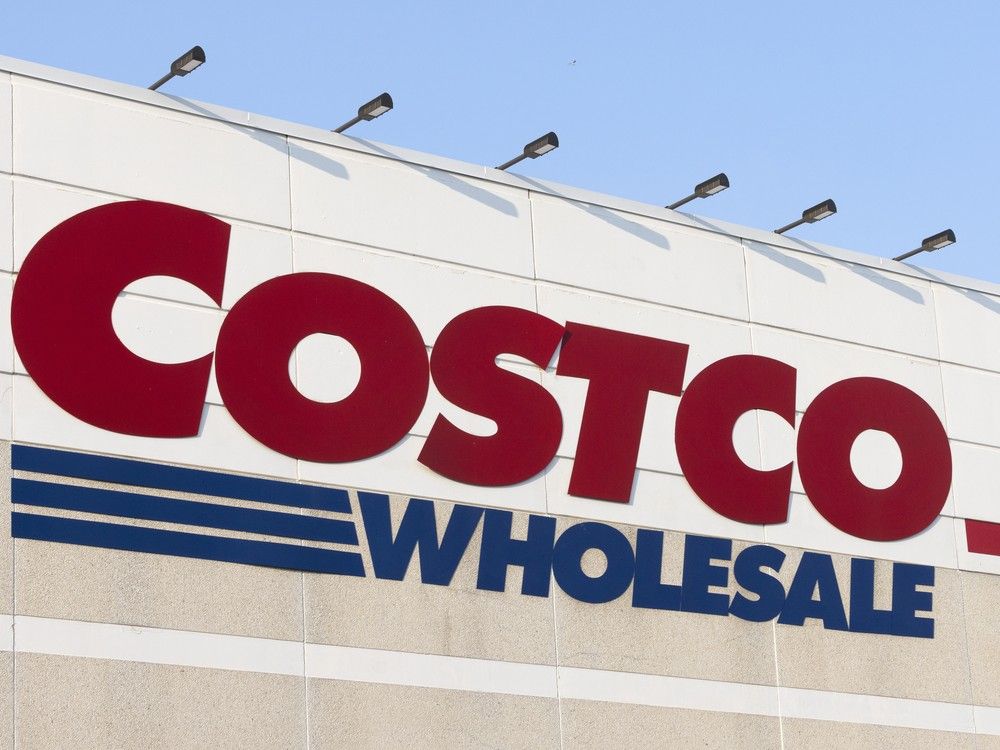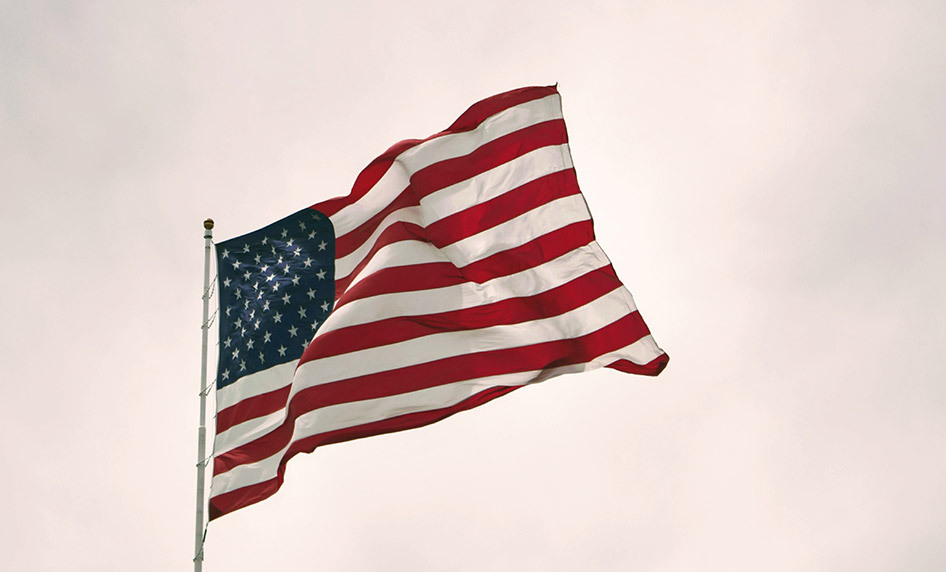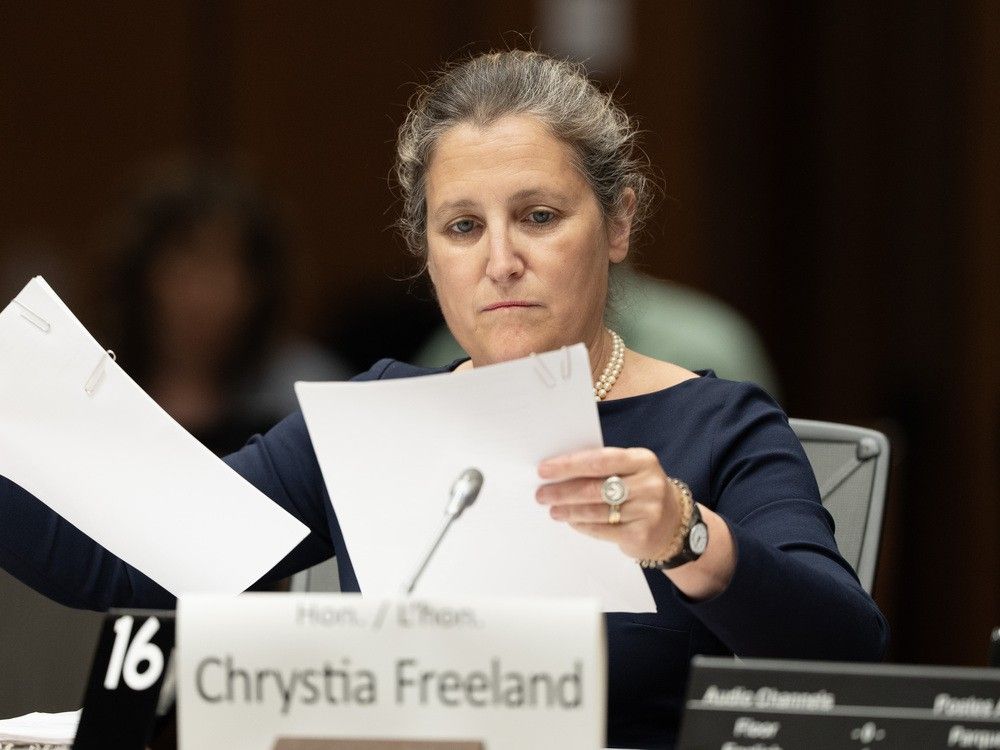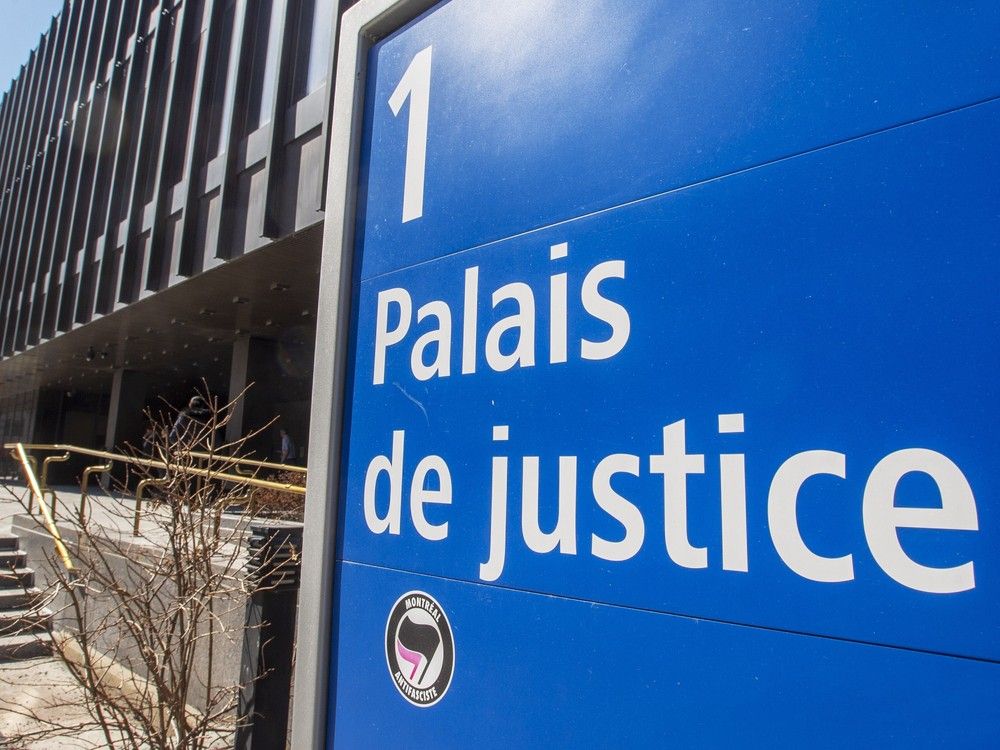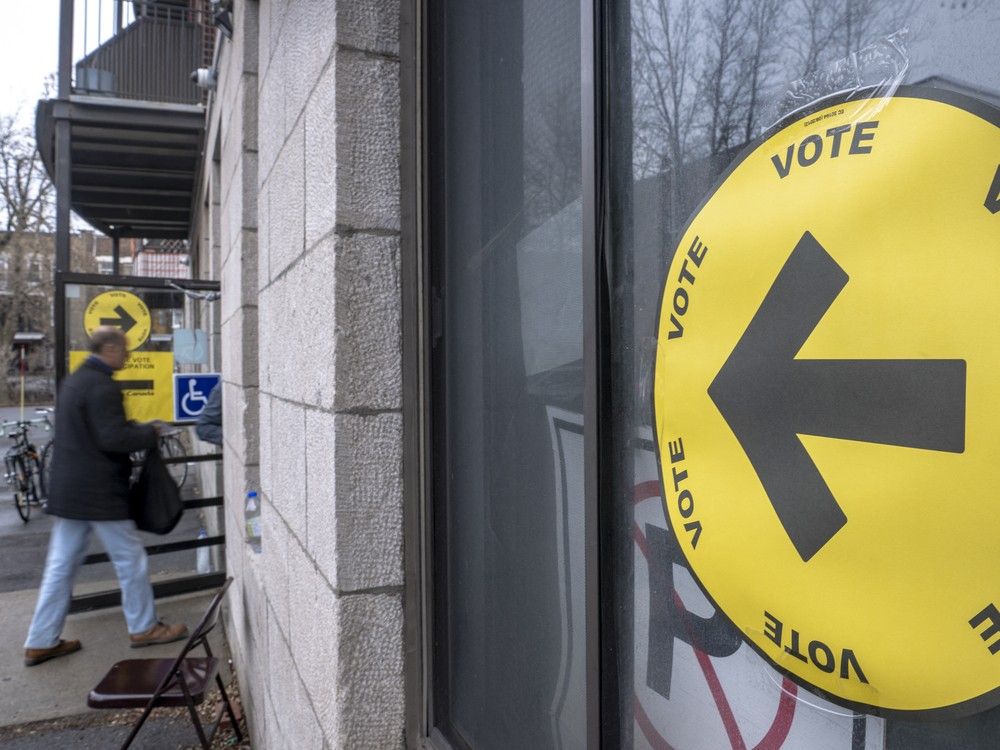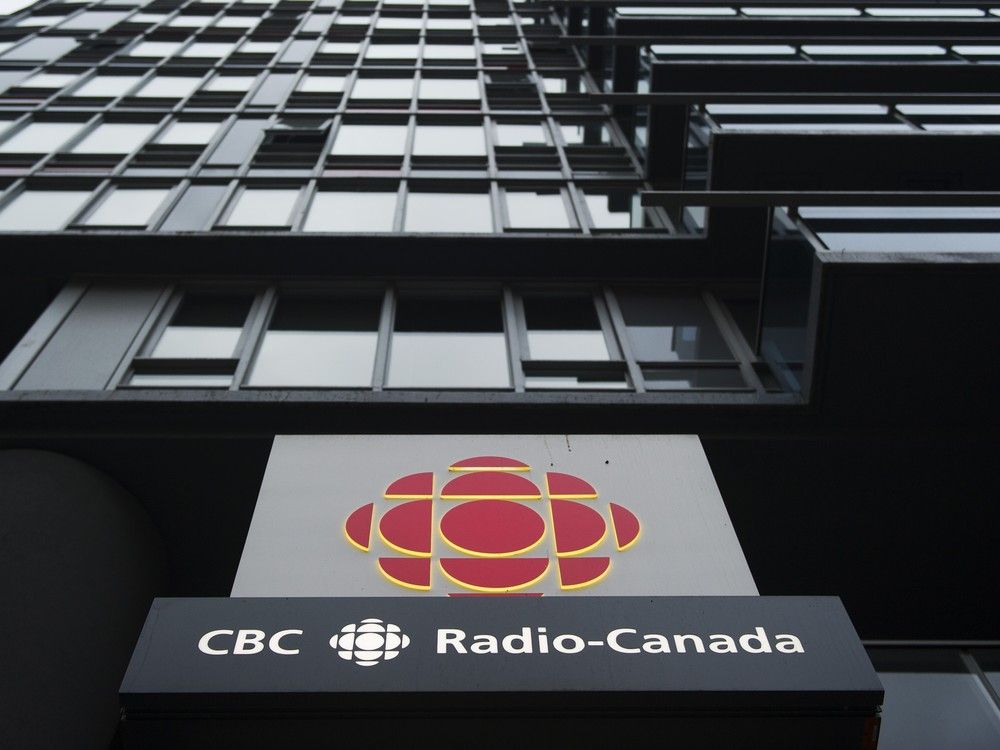
A journalist has been “relieved from her duties” at Radio-Canada, CBC’s French-language service, until further notice after a Jewish group condemned comments she made on air for being “antisemitic.”
“My understanding, and that of multiple analysts here in the United States, is that it is the Israelis, the Jews, that finance American politics a lot,” said Elisa Serret, the Washington correspondent for Radio-Canada, who was speaking in French.
“There is a big machine behind them, making it very difficult for Americans to detach themselves from Israel’s positions. It’s really money here in the United States. The big cities are run by Jews, Hollywood is run by Jews…”
The comments were made in response to host and news anchor Christian Latreille asking Serret to break down why Americans “have such difficulty distancing themselves from Israel, even in the most difficult moments.”
This episode of
(or “on the ground,” in English) aired on Monday. It covered U.S. Secretary of State Marco Rubio’s visit to Israel and meeting with Israeli Prime Minister Benjamin Netanyahu.
A clip of the episode was posted on social media by Jewish advocacy group, Centre for Israel and Jewish Affairs (CIJA).
“Antisemitism is absolutely unacceptable on Canadian airwaves, especially on our public broadcaster. Yet these words were aired earlier today,” the group said on X on Monday, quoting some of the phrases used by Serret.
Antisemitism is absolutely unacceptable on Canadian airwaves, especially on our public broadcaster. Yet these words were aired earlier today on @iciradiocanada:
“It’s the Jews who finance a lot of American politics”
“The big cities are run by Jews”
“Hollywood is run by Jews”… https://t.co/qhMbpANMsC— CIJA (@CIJAinfo) September 16, 2025
The group said it expected “immediate and unequivocal condemnation from all relevant leaders, including Heritage Minister” Steven Guilbeault. On Tuesday morning Guilbeault released a statement on X, saying that “antisemitism has no place in Canada.”
He said the public broadcaster “belongs to all Canadians, and as leaders, we have a responsibility to hold it to account and demand the highest standards in journalism.”
“The words used last night were pernicious antisemitic tropes and have absolutely no place on Canadian airwaves. When antisemitic language is used by journalists, or anyone in a position of trust, it risks normalizing hatred in deeply dangerous ways,” he said.
See my statement below ⬇️ pic.twitter.com/jwFd1upha4
— Steven Guilbeault (@s_guilbeault) September 16, 2025
In a statement released in French on Tuesday afternoon, Radio-Canada said the analysis by Serrat “about American policy in the Middle East led to stereotypical, antisemitic, false, and harmful allegations against Jewish communities.”
“These unacceptable comments contravene Radio-Canada’s Journalistic Standards and Practices and in no way reflect the opinion of the public broadcaster. As a result, newsroom leadership has decided to relieve the journalist from her duties until further notice,” the statement said.
“We recognize that these remarks have hurt many viewers. We are sincerely sorry and apologize.”
Our website is the place for the latest breaking news, exclusive scoops, longreads and provocative commentary. Please bookmark nationalpost.com and sign up for our daily newsletter, Posted, here.




